Capturing Reflections in City Photography
Chosen theme: Capturing Reflections in City Photography. Step into a world where puddles become portals, windows whisper layered stories, and neon paints the night twice. Explore techniques, real moments, and community tips—then share, subscribe, and join our conversation about reflective urban magic.
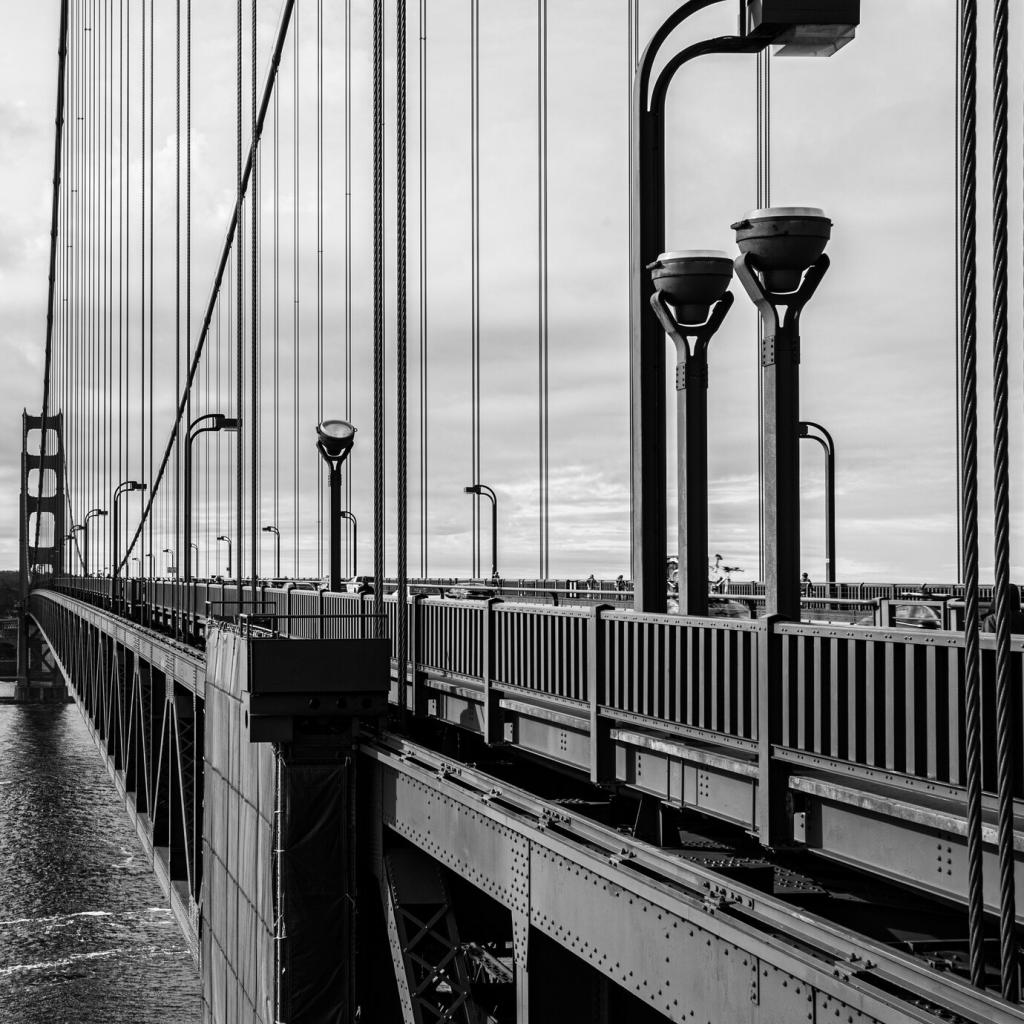
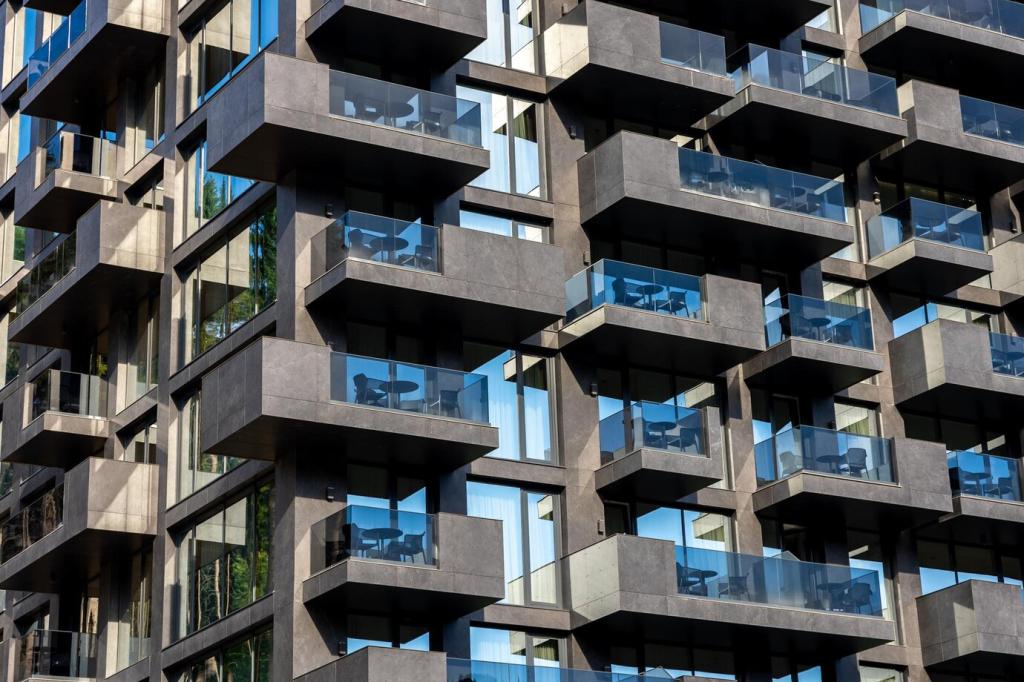
Finding Mirrors in the Concrete Jungle
Right after rainfall, shallow puddles act like perfectly placed mirrors. Crouch low, tilt the lens slightly, and watch skyscrapers flip upside down. Step carefully to avoid ripples, and pre-visualize where feet, bikes, or taxis might enter your frame for dynamic, unrepeatable moments.
Finding Mirrors in the Concrete Jungle
Glass facades layer inside and outside worlds. Shift a few inches left or right to change the balance, and consider leaving the polarizer in your pocket to keep reflections strong. Be respectful of privacy, and ask store owners if your angle feels uncomfortably intimate.
Walk a slow arc around your subject and watch the reflected scene bloom or vanish. Dropping your camera just a few centimeters can transform messy clutter into clean symmetry. Share a before-and-after experiment with our community to show your angle discoveries.
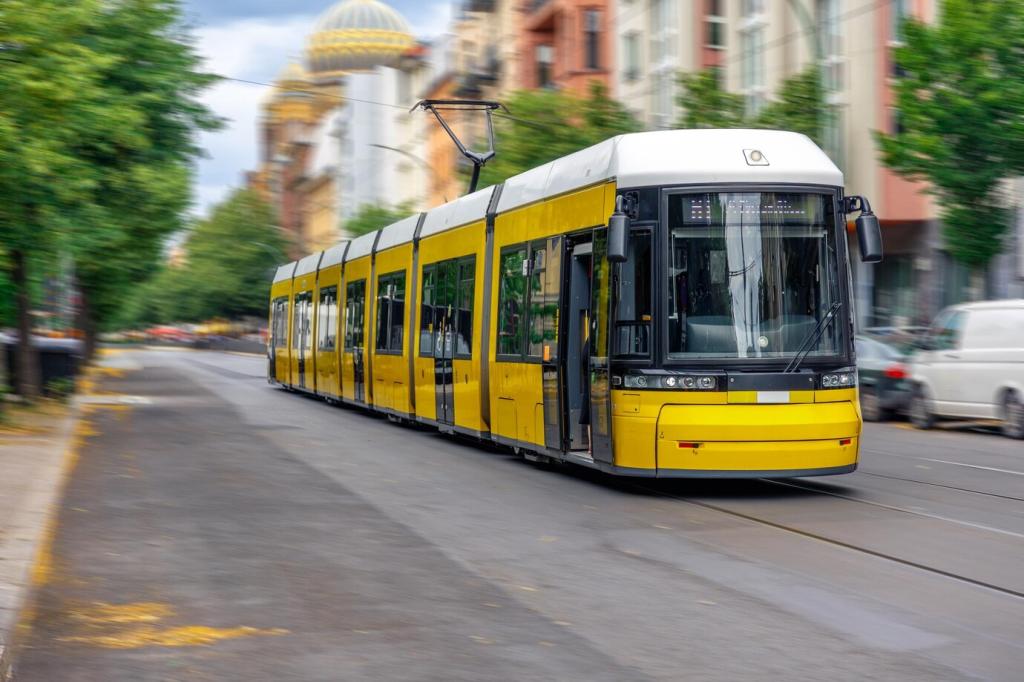
Compositions Through Reflections
Perfect Symmetry Without Perfection
True symmetry is rare in the wild city, and that is okay. A faint ripple, a drifting leaf, or a passing pedestrian injects character into mirrored scenes. Embrace these quirks and share your almost-symmetric attempts that feel more alive than clinical perfection.
Layering Multiple Realities
Shoot through windows to stack foreground reflections over interior stories and distant street action. Pause and wait for chance alignments: a coffee cup drifting into a skyline, a commuter intersecting a poster. Patience builds photographs that reward viewers with repeated discoveries.
Leading Lines and Inverted Skylines
Use curbs, railings, or crosswalk stripes to pull the eye toward your reflected subject. Frame the inverted skyline boldly, treating the puddle like a stage. Try flipping the final image vertically and decide which orientation makes the narrative feel more intriguing and unexpected.
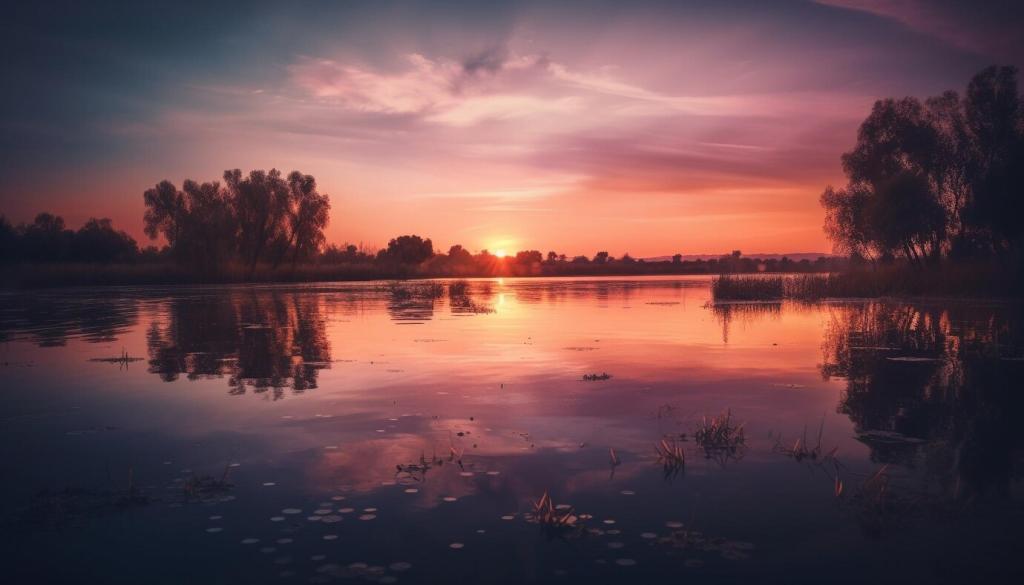
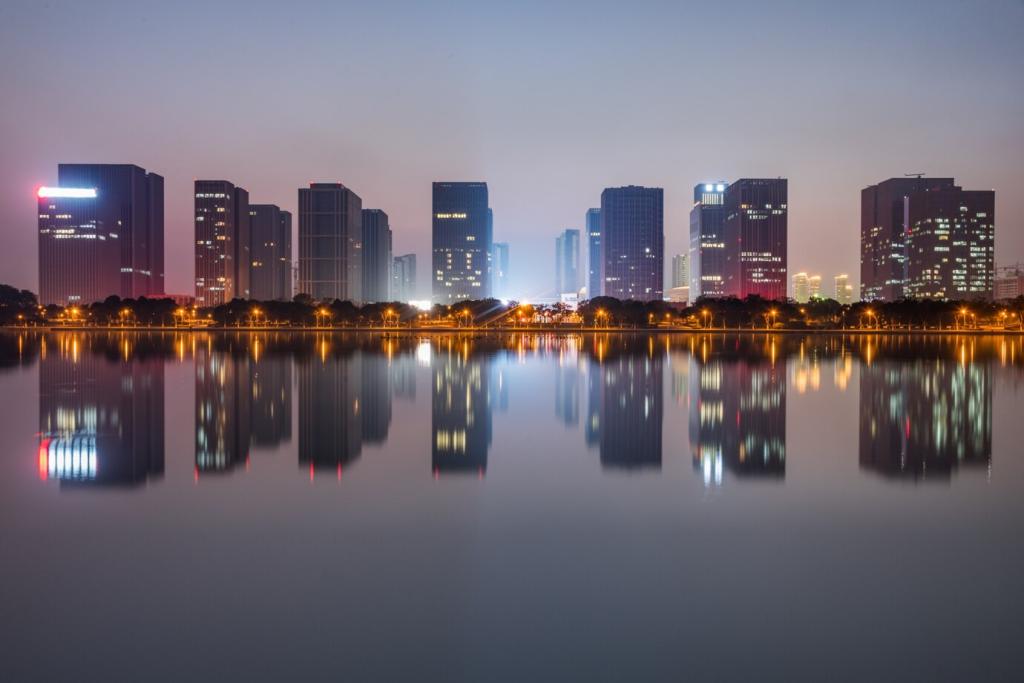
Timing the City: Weather, Seasons, and Rhythm
The best puddles appear minutes after a shower, before drains swallow them. Watch for calm air to settle ripples. Once, a barista wiped a window at dawn, and the fresh pane reflected sunrise clouds perfectly—ask locals about cleaning routines for similar chances.
Timing the City: Weather, Seasons, and Rhythm
Blue hour deepens the sky while signs flicker alive, creating rich complementary palettes. Stabilize your camera against a wall or use a compact support. Share your favorite neon corner and tell us how its reflection changes between weeknights, weekends, and late-night last trains.
Practical Gear and Settings That Help
A 24 mm lens exaggerates foreground puddles, while a 50 mm compresses layers for tidy geometry. Try a short telephoto to isolate reflections on distant windows. Shoot a quick focal-length series and compare storytelling impact, then share your go-to choice for urban mirrors.
Focus on the reflection’s surface when it carries the story, or the actual subject beyond when it should dominate. Use single-point autofocus and stop down to f/8 or f/11 for crispness. Zone focusing helps on fast streets when moments appear and vanish instantly.
Keep 1/125 as a baseline for moving scenes, slower if you want painterly streaks in water or passing lights. Brace elbows, exhale gently, and shoot bursts. A tiny tabletop tripod can be a lifesaver when the city dims but the reflections are irresistible.
Editing for Echo: Post-Processing With Restraint
Reflections often stack bright signage against deep street shadows. Protect highlights, lift detail selectively, and avoid flattening contrast entirely. Masking tools help treat glass differently from the scene itself, preserving the illusion that both worlds breathe the same light.
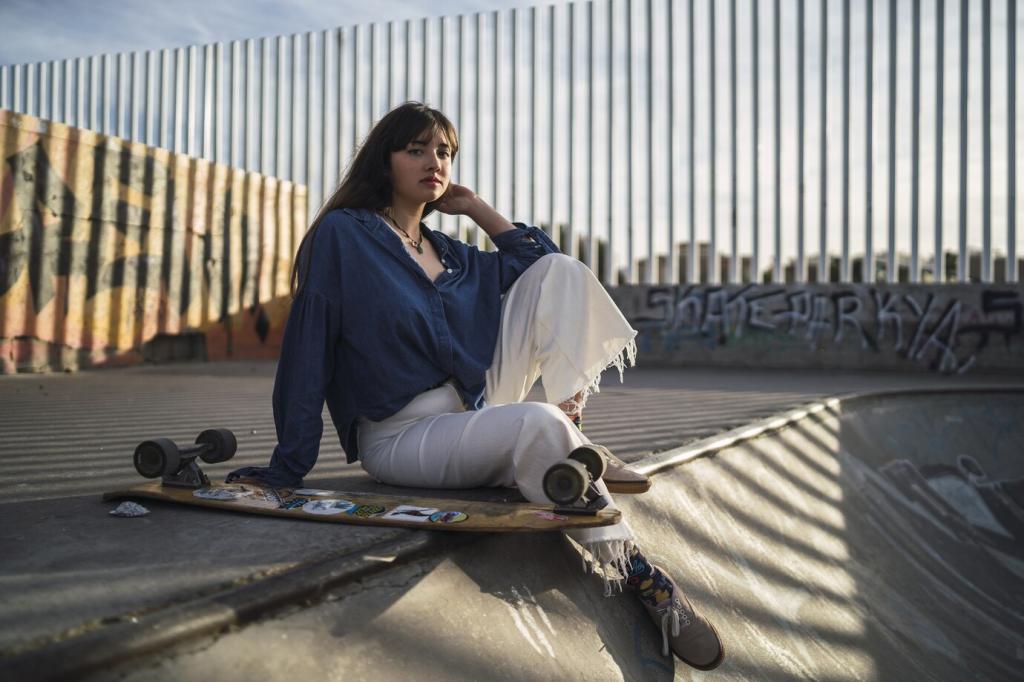
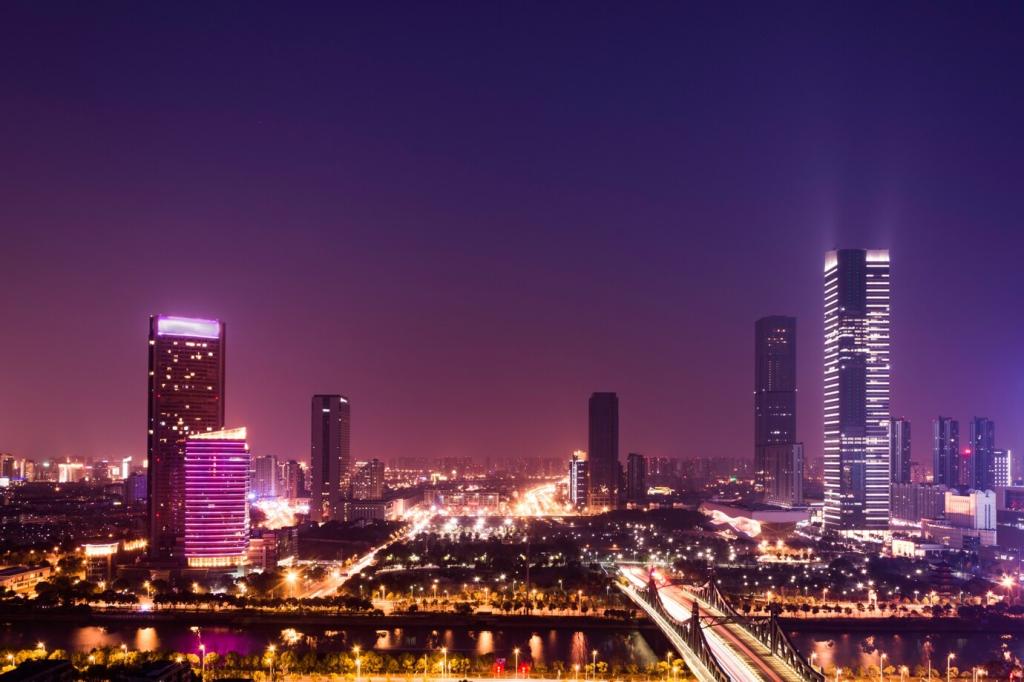
Editing for Echo: Post-Processing With Restraint
Use subtle split toning to separate cool reflections from warm interiors without forcing trendy palettes. Small shifts can guide emotion more effectively than heavy-handed grading. Post your before-and-after and explain your intent so others can learn from your color decisions.
